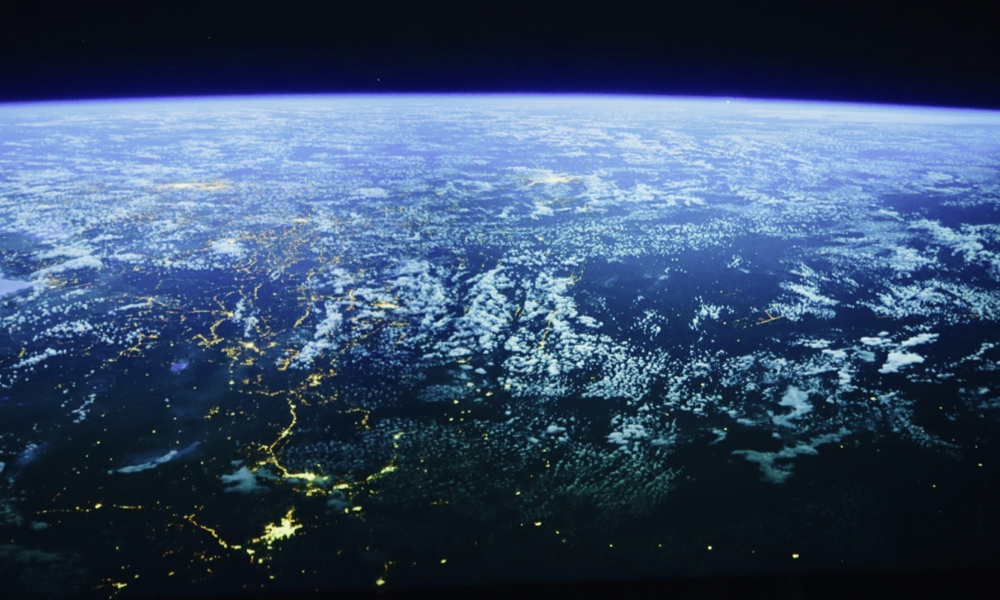
ESA Open Invitation to Tender: 1-11060
Open Date: 09/12/2021 17:32 CEST
Closing Date: 03/02/2022 13:00 CEST
Fast and reliable identification of materials is important for various applications on Earth, including geological prospecting, material and engineering sciences and other analytical studies. For planetary surface exploration, particularly missions involving sample return or ISRU related activities, obtaining in-situ information on rock mineral composition is of critical importance due to time and weight constraints. Spectroscopy is an essential analytical technique for achieving this, allowing for the structural, chemical and functional properties of planetary materials to be identified. While some of the robotics planetary exploration missions already take advantage of data provided by different spectroscopic methods, the portable (handheld) combined spectrometers for future human surface explorations, are yet to be developed.For this project we selected the four most promising complementary methods providing key informed decision support during planetary sampling activities: Raman and Visual-and-Near+Short Wave Infrared (0.3-3 m wavelengths; VNIR-SWIR) are sensitive to elements and the molecular structure, together with Laser Induced Breakdown Spectroscopy (LIBS) and X-Ray Fluorescence (XRF) allowing identifying the chemical species and their relative abundances in the rocks and associated minerals.This work follows internal study work conducted at EAC in collaboration with European research institutes, which identified specific pairings of mineralogical and chemical characterization methods:1. Raman + LIBS;2. Raman + XRF;3. Imaging VNIR + LIBS;4.Imaging VNIR + XRF.These combined analytical methods have been proved to be able to reliably identify the broadest range of planetary minerals, which is impossible with a standalone spectroscopic method. The combination of two methods in one instrument will allow to:1) Detect more minerals with higher precision and combine information on both, chemical abundance and mineral composition;2) Perform simultaneous two-techniques analysis of the same sample spot;3) Decrease the total weight of instrumentation by sharing many hardware commonalities. The combined information on the sample molecular structure and chemical abundances will provide a crucial decision support maximizing the sampling efficiency and scientific return of the mission.In the frame of proposed activity, the following objectives are proposed (TRL 2 to TRL 4):Design the most effective hardware components and their combination in one hand heldergonomic design- Evaluate the potential efficiency of such analytical methods from four best performing combined spectroscopic methods- Theoretically test the efficiency of the different combination by means of the Mineralogical Database developed by EAC- Develop at least two EBB of the most promising combinations- Testing efficiency of the EBBs in laboratoryThe design of the portable (<4kg in weight) modular instruments should include the following capabilities: illumination of a sample by means of either monochrome laser (Raman and LIBS), broad-band “white-light” (VNIR/SWIR) or X-Ray source, collection of reflected light from the sample surface into a spectrometer, internal storage and real-time wireless transfer of the collected raw spectra into an external device, such as PANGAEA Electronic Field Book (EFB, to be developed outside this activity allowing to pre-process, and to match multi-spectra data to minerals with the Machine-Learning Software and custom-build spectral standard libraries of minerals).
Estabilishment: ESTEC
ECOS Required: No
Classified: No
Price Range: > 500 KEURO
Authorised Contact Person: Annika Tenho
Initiating Service: HRE-E
IP Measure: N/A
Prog. Reference: E/0116-02M – ExPeRT E3P Per. 2
Tender Type: Open Competition
Open To Tenderers From: AT+BE+CA+CH+CZ+DE+DK+EL+ES+FR+GB+HU+IE+IT+LU+NL+NO+PL+PT+RO+SE+SI
Technology Keywords: 14-B-I-Sensors and Analytical Instrumentation
Products Keywords: 2-I-all.1-Instruments – BB
If you wish to access the documents related to the Invitation to Tender, you have to log in to the ESA Portal.
